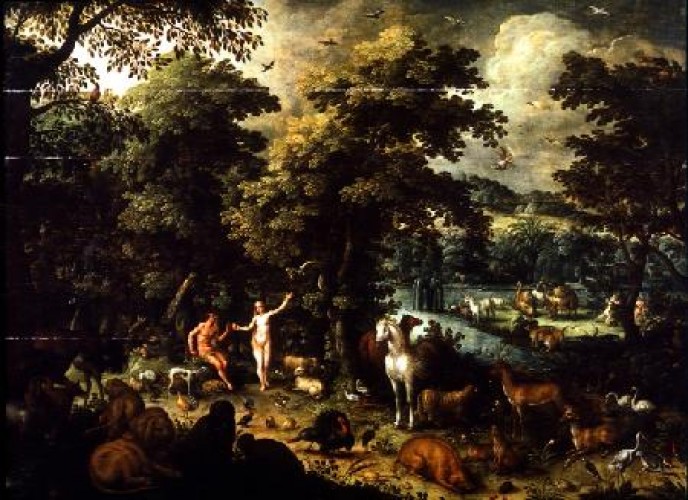The Spanish Ministry of Culture has just launched CERES in their web site, the online catalogue of the Digital network of Collections of Spanish Museums available on http://ceres.mcu.es. In order to facilitate universal access to culture and to provide digital contents on line to citizens, the Ministry offers, for the first time, a unified access to cultural goods of Spanish museums, regardless of their thematic scope or of the institution they are run by.
This is a pioneering initiative in Spain, only comparable to the catalogues online of museums in France and Canada, which has been led by the Spanish Ministry of Culture in cooperation with other administrations.
The Digital network of Collections of Spanish Museums puts together several museums which share a specific and unified documentation system, called DOMUS, which has been developed by the Spanish Ministry of Culture and is shared with 128 museums and collections in Spain thanks to 24 cooperation agreements signed with regional governments and other museum management institutions. 207 new museums will be incorporated in the future.
General and advanced searches for all or specific museums are available with Ceres. You can search by museum or by specific criteria such as type of museum or location. Around 100,000 records and 130,000 pictures are available in Ceres from museums with different scope: archaeological, fine arts, contemporary art, arts and crafts, ethnology and anthropology, costume, history, natural sciences, house-museums, general museums and museums with a specific scope; public, national, regional and local museums, private museums, located in different areas of Spain such as Andalucía, Aragón, Cantabria, Castilla-La Mancha, Castilla y León, Extremadura, Galicia, Islas Baleares, Madrid, Murcia and Valencia.
All the information available in CERES will shortly be published in HISPANA, the new site of cultural contents depending on the Spanish Ministry of Culture, and to EUROPEANA, the European Digital Library, in order to increase the Spanish contributions to the European project.

